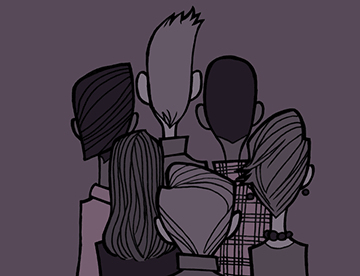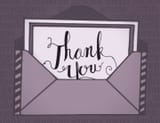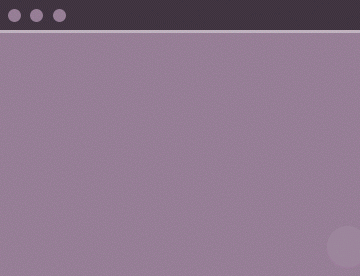
People who sketch well are intimidating. I’m talking about those who confidently visualize an idea with speed and style. Some are just born with this talent—others have to develop it. I fall into the latter category.
Like many designers, I showed enough drawing ability to have put me on this career path but not enough to be an illustrator. That gap in drawing talent manifested itself as a lack of confidence with sketching, as well. I tend to see the vision as the pencil hits the paper—not before. As a result, throughout much of my career, I’ve kept my sketches to myself in volumes of Moleskins. I’ve rarely shared those doodles with coworkers and never with clients. The thumbnail-sized brainstorming and visual problem-solving made sense to me, but I had no confidence it could communicate clearly to others.









